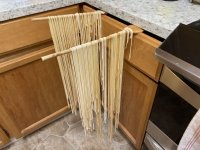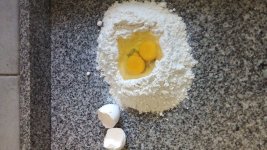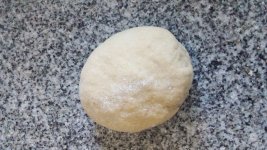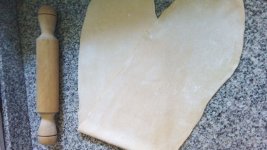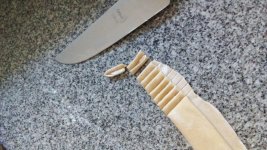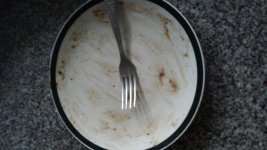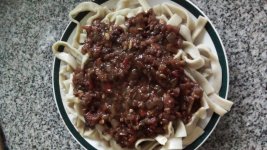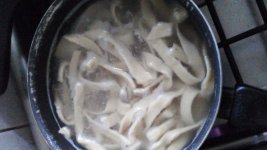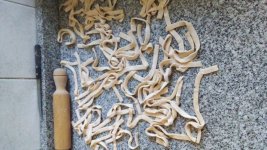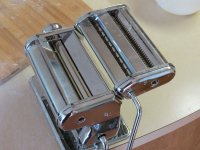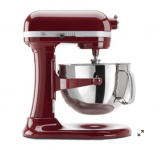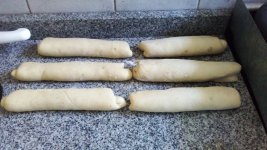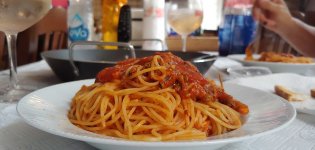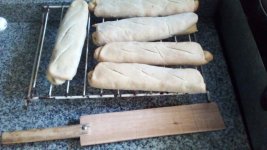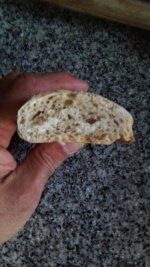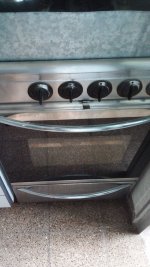I forgot on friday to wish our scandinavian friends happy lutefisk day. Anyone planned to turn their tasty dried fish into a gelatinous glorp this year?
Thats something i’ve always wanted to try but wanted to make sure it was done correctly………the opportunity has never presented itself. (More than likely geographical!)
Chestnuts..yep, it's that time of year..for the, ahem, edible type; you want to go easy on the other.
So my question is, since all the true Italian aficonados are long dead(the last time I actually to then my surprise saw a very old man pushing one of those cute aquarium carts in 1985) how did they achieve that fabulous texture? I remember being puzzled at that time. A bit of smoke rising out of the little chimney and him regularly turning the contents with a paddle. The result was always a delicious product that has not lost it's original composition like when cooking a potato. As if it wasn't cooked in regards to texture, yet still soft and beautifully seasoned.
can anyone puleeze explain?!!
So my question is, since all the true Italian aficonados are long dead(the last time I actually to then my surprise saw a very old man pushing one of those cute aquarium carts in 1985) how did they achieve that fabulous texture? I remember being puzzled at that time. A bit of smoke rising out of the little chimney and him regularly turning the contents with a paddle. The result was always a delicious product that has not lost it's original composition like when cooking a potato. As if it wasn't cooked in regards to texture, yet still soft and beautifully seasoned.
can anyone puleeze explain?!!
Last edited:
3 of 4 of my grandfathers/mothers was italian. Unfortunately I born in Argentina, but still the italian flood flows in me. Here yesterday night fetuccini home made.
Attachments
Ok if in your house are several people. I live alone, so if I need to wash all those apparatus to make 200grs of pasta, is a nonsense for me. I shoot a 🔫 in my 🥚's!!!
Two people in my house and one eats like a bird. I just like toys and they're really not hard to clean. Makes the job so fast and easy.
I thought you were going to say 'one eats like a bird and the other doesn't...'
I eat hard. But I like to make things simple and easy. To knead with my hands is pleaser and I release tensions. Just from yesterday night it is leavening slowwwwly bread, wirh a small potato boiled included in the mass. This helps naturally to the leavening. This night I cook them innthe oven. Tomorrow I post them finished.
Ah, as a marginal advantage, no conservants, no colorings, no chemicals.
Ah, as a marginal advantage, no conservants, no colorings, no chemicals.
Attachments
Nice air content there Osvaldo. Makes for a wonderful texture.
My honey is the baker in the family and she says she is very happy having acquired these little gems. https://www.amazon.ca/Nonstick-Perf...ocphy=9060807&hvtargid=pla-944721434796&psc=1 Now using steam, her breads have improved to the point whey are preferred over even the artisan baker's product.
My honey is the baker in the family and she says she is very happy having acquired these little gems. https://www.amazon.ca/Nonstick-Perf...ocphy=9060807&hvtargid=pla-944721434796&psc=1 Now using steam, her breads have improved to the point whey are preferred over even the artisan baker's product.
The honey in any kind of bread keeps its wet. It retains the natural humidity. The air in true is CO2. When the bread is leaving, the fungi in the yeast degrades carbon hidrates into CO2 (Carbon dioxide) and H2O (water). It keeps retained by the wheat gluten. As you knead hardly, more gluten is generated and the more the CO2 retained. Those breads has about 600g of flour (flour 0000 and 000 in equal parts) a smal potato, butter, small amount of salt and poolish. The poolish is 10g of flour, 1g of yeast (yes, only one gram) previously mixed and fermented to get a spongue. And 30hs of leaving at room temperature. No one mechanical device used to accelerate. Very slooooooooowly is better.
Honey is mainly used in sweet preparations (panettone, sweet breads) but in salad ones you can replace it with malt extract, malt flour or a small potato boiled with its peel. Prior to start to kneat, you peel it and discard the peel (a bolivian girl teached me to eat this peel). It is an old italian trick.
About the day 20 I shall make my own panettones with sourdough and filled with bitter chocolate hand kneaded.
Honey is mainly used in sweet preparations (panettone, sweet breads) but in salad ones you can replace it with malt extract, malt flour or a small potato boiled with its peel. Prior to start to kneat, you peel it and discard the peel (a bolivian girl teached me to eat this peel). It is an old italian trick.
About the day 20 I shall make my own panettones with sourdough and filled with bitter chocolate hand kneaded.
Maybe I should explain. My honey = My wife. It's a common term between married couples. She uses no honey in her breads but sometimes in cakes.
Yes, we are familiar with how the process works. If you have not tried using moisture in the over, I suggest you try. Moisture, believe it or not is what gives the crust a real crunch. Sounds backward but it's the truth.
The reason we use a stand mixer is because neither of us are able to knead by hand so the mixer is very 'handy'.
I had not heard the term poolish before. While we do use starters, they appear different even though they are both pre-fermented concoctions.
Most potato dishes we create include the skin because of the flavour and nutrition.
Yes, we are familiar with how the process works. If you have not tried using moisture in the over, I suggest you try. Moisture, believe it or not is what gives the crust a real crunch. Sounds backward but it's the truth.
The reason we use a stand mixer is because neither of us are able to knead by hand so the mixer is very 'handy'.
I had not heard the term poolish before. While we do use starters, they appear different even though they are both pre-fermented concoctions.
Most potato dishes we create include the skin because of the flavour and nutrition.
Ok. I never got married not I shall. So my apologies by the misundestand.
Moisture in the furnace is important during bread cooking. I always put a small metal can with water in the floor of it from the very start. Also here gas is used to cook which naturally generates water vapor during its combustion. Electric ovens are expensive here an their use too. I also modified my furnace: originally it had a metal floor that gets very hot in use, in place I make a brick tiles floor which heates more slowly and more evenly. Optimal for pizza.
Moisture in the furnace is important during bread cooking. I always put a small metal can with water in the floor of it from the very start. Also here gas is used to cook which naturally generates water vapor during its combustion. Electric ovens are expensive here an their use too. I also modified my furnace: originally it had a metal floor that gets very hot in use, in place I make a brick tiles floor which heates more slowly and more evenly. Optimal for pizza.
Attachments
- Home
- Member Areas
- The Lounge
- The food thread
